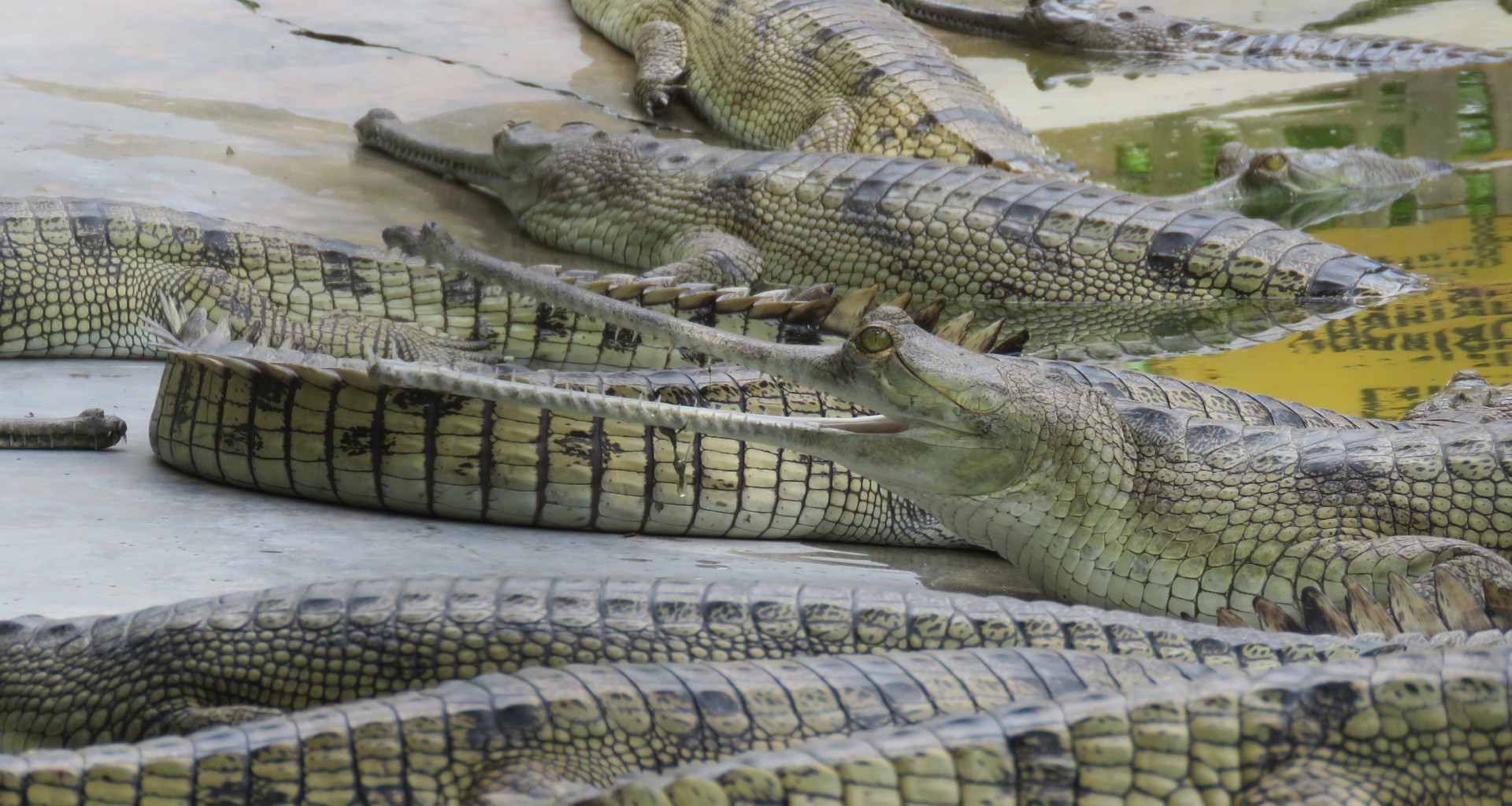In the mid-1970s, gharial (Giavalis gagenticus) population was estimated to be at a low of about 300 in all of its range, near from global extinction. During that time, only 70 gharials were reported in the Koshi, Narayani, Rapti, Babai and Karnali rivers going through rapid decline due to their eggs stolen by humans for food and medicine; their killing for skins used in fulfilling superstitious beliefs; overharvesting and poising of fish; death from entanglement in fishing nets; industrial pollution of river; construction of reservoirs and dams in critical habitats; and encroachment of habitats by agricultural farms. In response to this, the Government of Nepal established the Gharial Breeding Center in 1978 in Kasara of Chitwan National Park to protect the natural egg laying sites of gharials to hatch eggs in artificial conditions; and rear the young until they are released into the rivers in order to reestablish a viable population in the wild.
NTNC's Biodiversity Conservation Center supports the government in the management of the breeding center which includes taking care of hatchlings, monitoring growth of hatchlings, releasing them in the rivers and post-release monitoring. The center has a made a significant contribution for the revival of gharials in the rivers of Nepal. From 1981 to 2017, 1,246 gharials have been released in Rapti, Narayani, Kaligandanki, Koshi, Karnali and Babai rivers. High hatchling mortality in captivity is one of the key challenges in the center. Unsustainable fishing practices, industrial pollution and gharial hunting are persisting problems that need to be reconciled by engaging local communities in gharial conservation, along with rigorous enforcement of wetland laws and regulations.

